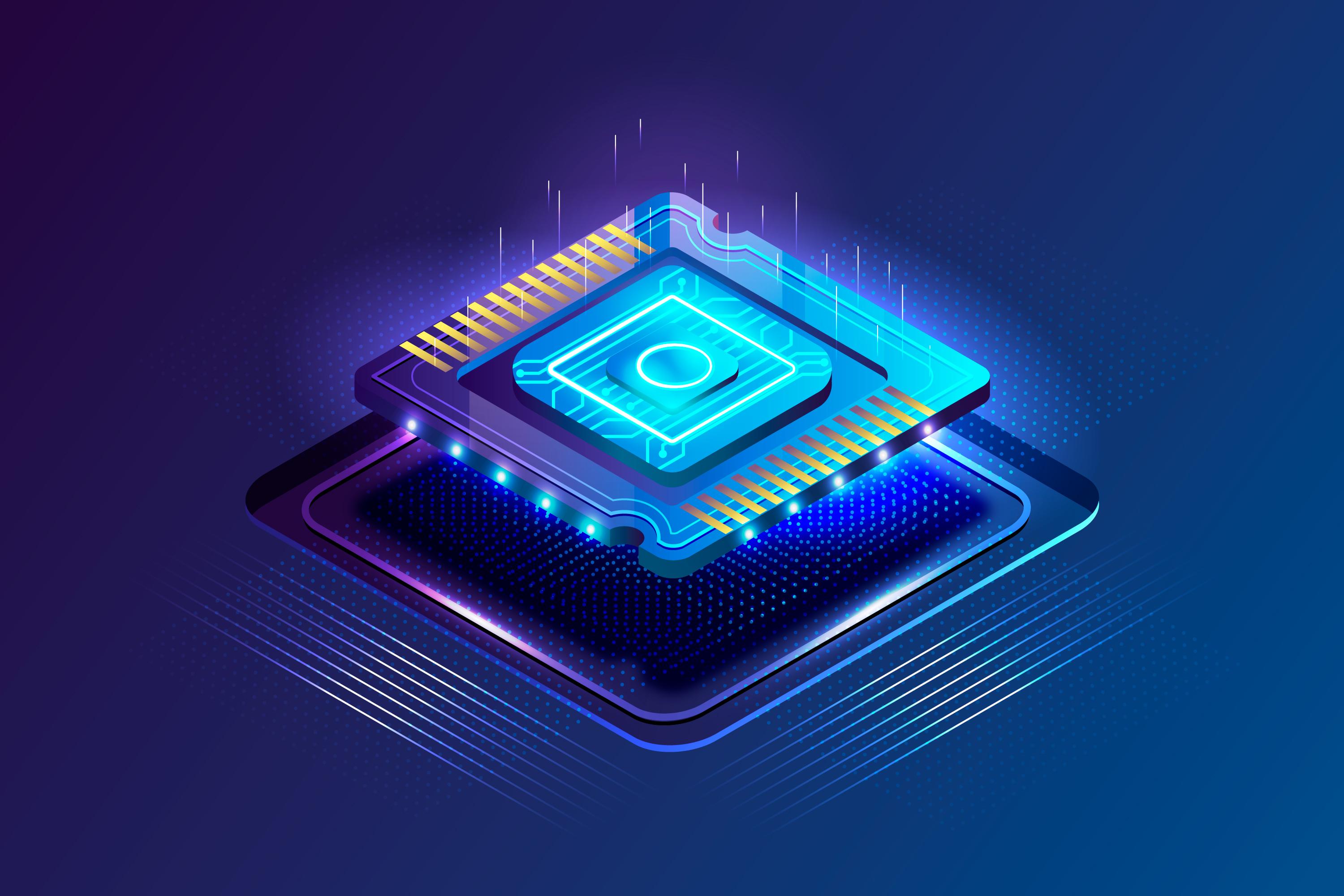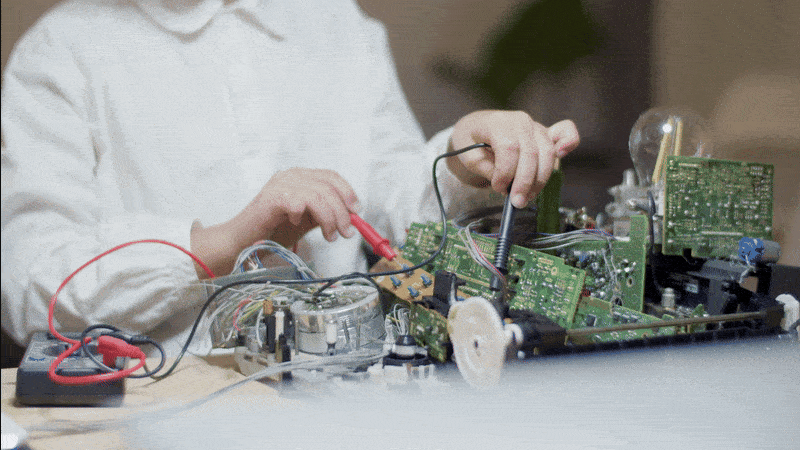A career in physical design engineering offers exciting opportunities in semiconductor technology, focusing on the creation of advanced electronics. As the demand for skilled engineers rises, the role of a physical design engineer becomes more critical. This role involves key responsibilities such as floorplanning, placement, clock tree synthesis, and routing, ensuring that chips are optimized for performance, power, and area. With growing technology sectors like AI and IoT, the physical design engineer roles and responsibilities have a significant impact. The field offers strong career prospects, making it an excellent choice for aspiring engineers.
What is Physical Design?
Physical design is a critical phase in the process of chip design, where engineers focus on the layout of the integrated circuit (IC) to ensure that the physical elements meet the required specifications. This process involves converting the abstract design data into a real-world layout that can be fabricated on silicon wafers. It includes the placement of components like transistors, routing the interconnections between them, and ensuring that all electrical and thermal constraints are satisfied.
The physical design process involves several stages, including floorplanning, placement, clock tree synthesis, routing, and final verification. It is essential to ensure that the physical layout of the chip is optimized for speed, power consumption, and area, ensuring the chip meets its performance and manufacturing goals.
Why Choose a Career in Physical Design Engineering?
Physical design engineering is an excellent career choice for those interested in working at the intersection of software, hardware, and cutting-edge technology. Some of the key reasons to pursue a career in this field include:
- High Demand for Skills: As the complexity of chip designs increases, so does the need for talented physical design engineers. This high demand translates into excellent job security and competitive salaries.
- Career Growth: There is significant room for growth in the field, with opportunities to specialize in areas like 3D IC design, low-power design, and high-frequency design.
- Impactful Work: Physical design engineers are directly responsible for the performance and efficiency of the chips that power the devices we use every day, from smartphones to medical equipment.
- Interdisciplinary Knowledge: A career in physical design provides an opportunity to work across disciplines, combining knowledge of electrical engineering, computer science, and physics to solve complex problems.
Physical Design Engineer Roles and Responsibilities
Physical design engineers are essential in transforming abstract circuit designs into functional products. With a deep understanding of electrical and physical systems, they are critical to the success of semiconductor projects. Below, we outline the key Physical Design Engineer roles and responsibilities, highlighting their importance in the design and implementation of integrated circuits.
Floorplanning
The first of the physical design engineer responsibilities is floorplanning, where the engineer arranges functional units like memory blocks, logic gates, and I/O cells within the chip. The goal is to optimize the layout by minimizing area and power consumption while maximizing performance, ensuring an efficient and effective design for the final product.
Floorplanning requires a deep understanding of the chip’s architecture and the behavior of different components. Engineers must also take into consideration thermal constraints and signal integrity, which are crucial in the final design.
Placement
After the floorplan is set, placement involves determining the exact location of individual cells or components. The placement phase aims to reduce the length of interconnects, thereby improving signal speed and minimizing power consumption. Engineers use specialized tools and algorithms to automate placement decisions, ensuring that the design is efficient and meets the specifications.
Clock Tree Synthesis (CTS)
Clock Tree Synthesis is a vital part of physical design as it determines the distribution of the clock signal across the chip. The clock must reach all flip-flops at the right time to ensure proper synchronization of all components in the chip. The engineer needs to carefully design the clock network, minimizing clock skew and ensuring that the signal is delivered to all parts of the circuit without delay.
CTS is an intricate process that requires the designer to consider factors such as capacitance, resistance, and the power consumed by the clock network. As the complexity of chips increases, so does the importance of optimizing clock tree synthesis.
Routing
Routing is the stage where the physical design engineer establishes the connections between the components. It involves the precise placement of metal wires or traces that interconnect different parts of the chip, enabling communication between various components. This step requires a careful balance between performance, power, and area.
During routing, engineers must optimize the routing paths to ensure that the signals travel efficiently with minimal delay and crosstalk. They also need to consider power delivery networks and maintain signal integrity throughout the chip.
Design Rule Checking (DRC) and Layout vs. Schematic (LVS) Checking
After the physical design is complete, engineers must validate the layout through various checks. Design Rule Checking (DRC) ensures that the layout adheres to the manufacturing process constraints and does not violate any design rules that could lead to manufacturing defects.
Layout vs. Schematic (LVS) checking compares the physical layout with the original schematic to ensure that they match correctly. Both DRC and LVS are essential for ensuring that the chip will function as expected after fabrication.
Timing Analysis and Optimization
Timing analysis is a crucial aspect of physical design engineering. It involves analyzing the timing of signals as they travel through the chip, ensuring that they reach their destinations within the required time constraints. Engineers need to perform static timing analysis (STA) to verify that there are no timing violations in the design.
If timing violations are found, the engineer may need to make adjustments in the design, such as optimizing placement, resizing cells, or re-routing signals. This step is key to ensuring that the chip operates at the desired clock speed and performs optimally.
Power and Signal Integrity Analysis
Power consumption and signal integrity are significant concerns in modern chip design. Physical design engineers use power analysis tools to estimate the power consumption of the chip and optimize its design to reduce power usage. Additionally, signal integrity checks are crucial to ensure that signals are transmitted cleanly without interference, which can lead to errors or malfunctions in the chip.
Post-Layout Verification
Once the chip layout is complete, physical design engineer responsibilities include post-layout verification to ensure proper functionality after fabrication. Engineers run simulations to identify potential issues missed during design phases, analyzing the design under various voltage and temperature conditions to verify robustness and confirm the chip’s performance across different operating scenarios.
Physical Design Career Prospects
Physical design career prospects are strong, driven by the growing demand for complex semiconductor chips. Advancements in AI, 5G, and IoT technologies have heightened the need for high-performance, energy-efficient chips. As a result, physical design engineers are in high demand, with excellent opportunities to contribute to the development of cutting-edge technology in these rapidly evolving industries.
Physical design engineers can work in various industries, including:
- Semiconductor Manufacturing: Companies like Intel, AMD, Qualcomm, and TSMC require physical design engineers to develop the physical layout of chips.
- Consumer Electronics: Firms such as Apple, Samsung, and Sony rely on physical design engineers to develop chips for smartphones, tablets, and other devices.
- Automotive Industry: With the rise of electric and autonomous vehicles, the automotive industry is increasingly relying on advanced semiconductor chips, leading to a growing demand for physical design engineers.
- Telecommunications: Companies developing networking equipment for 5G and beyond require highly efficient semiconductor designs, creating opportunities for physical design engineers.
In addition to these industries, physical design engineers can also work in startups and research institutions that focus on cutting-edge technologies.
Conclusion
A career as a physical design engineer offers excellent prospects for those with a strong interest in semiconductor design, problem-solving, and innovation. The roles and responsibilities of a physical design engineer are diverse and involve a mix of technical skills and creativity. With the increasing demand for high-performance chips in modern technologies, pursuing a career in physical design engineering is a smart choice for anyone looking to make a lasting impact in the tech industry. By focusing on optimizing chip performance, power efficiency, and area, physical design engineers play a crucial role in the evolution of technology.

Clock Gating vs Power Gating: Implementation, RTL Flow & Verification Guide
Learn how to implement clock gating and power gating with RTL design steps, backend changes, UPF flow, and a full verification checklist for efficient low-power VLSI design.
_11zon.jpg)
What to Do After Engineering? Why VLSIFIRST Leads Chip Design Careers
Discover why VLSIFIRST is becoming the top choice for engineering graduates pursuing VLSI and semiconductor careers. Explore job roles, growth, and industry-ready training benefits.

VLSI Career Roadmap for Engineering Graduates: Step-by-Step Guide
A complete VLSI career roadmap for engineering graduates. Learn skills, domains, tools, and steps to become a successful semiconductor engineer in the chip design industry.

Top VLSI Career Paths for 2026 Graduates and Best Semiconductor Companies in India
Explore the top VLSI career options for 2026 engineering graduates and discover India’s best semiconductor companies for high-paying jobs. Learn about roles, skills, and top recruites

Why VLSI Engineers Must Care About Side-Channel Attacks, Secure Design, Verification, and Hardware Mitigation
Learn why VLSI engineers must prioritize side-channel attacks, secure design, verification, and mitigation to build trustworthy, resilient, and future-ready hardware systems.
Physical Design Training in Ahmedabad, Reason To Pursue VLSI Course After ECE Eee, Career Focused Physical Design Course For Your Goals, VLSI RTL Design and Verification Online Training in Delhi, Students Struggle To Clear VLSI Job Interviews Even After Training, Electrical Engineers In Robotics Automation, VLSI Classroom Training in Marathahalli, Entry Level Semiconductor Jobs, Challenges Encountered By ECE Graduates In Core Job Hunt, Understanding RTL Coding Techniques For Efficient VLSI Design, VLSI Project Ideas For Practical Experience, Industry Protocols For VLSI Signal Processing And Multimedia Applications, Explaining Career Gaps In Interviews
Hours
Copyright 2025 © VLSI Technologies Private Limited
Designed and developed by KandraDigitalCopyright 2025 © VLSI Technologies Private Limited
Designed, Developed & Marketing by KandraDigital
